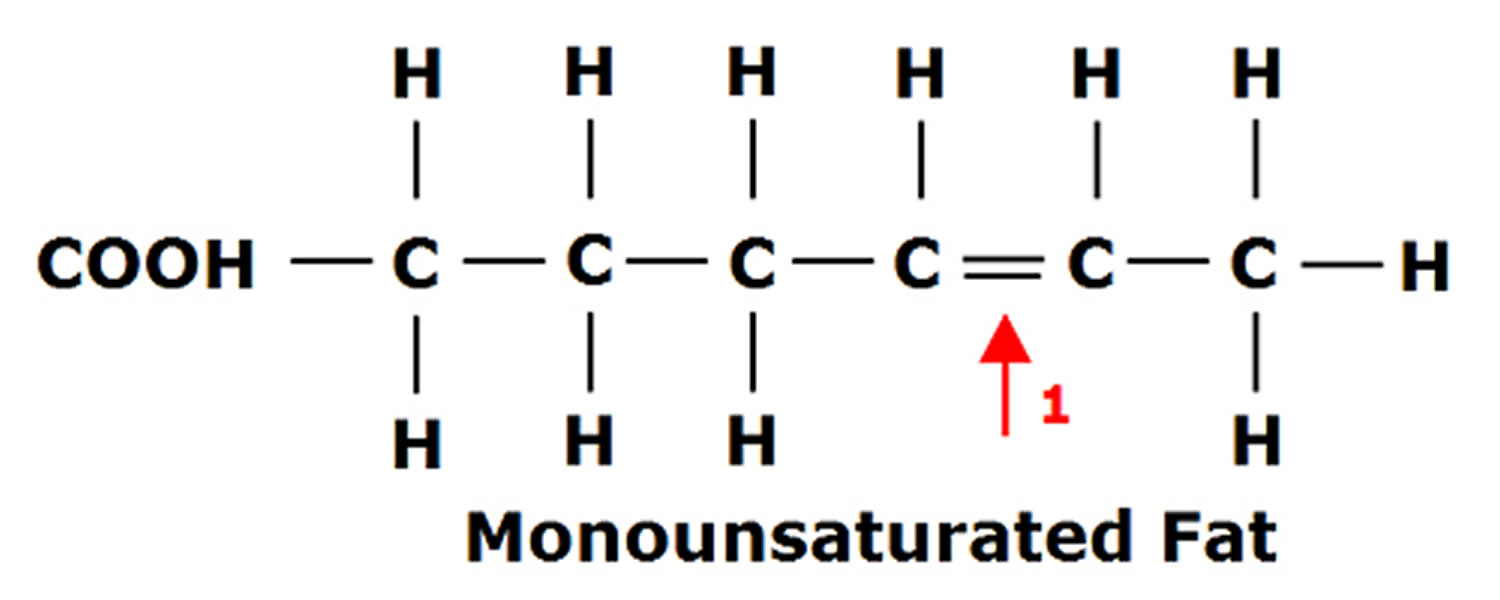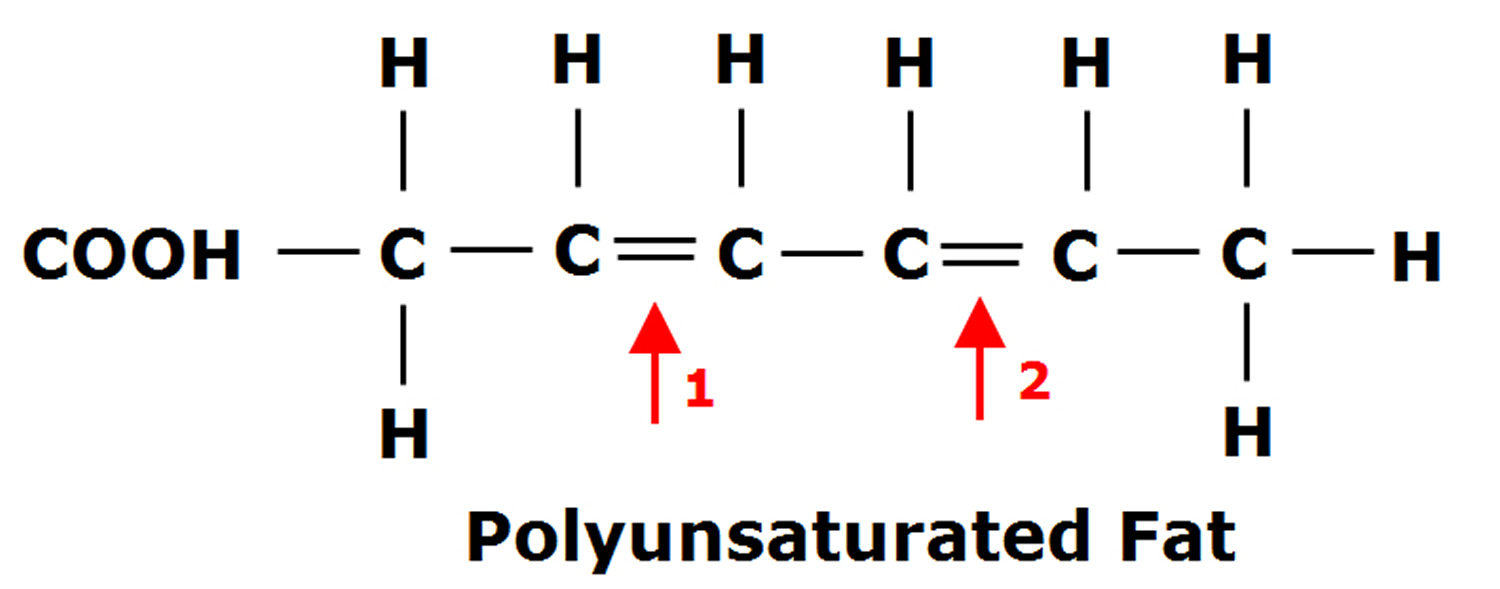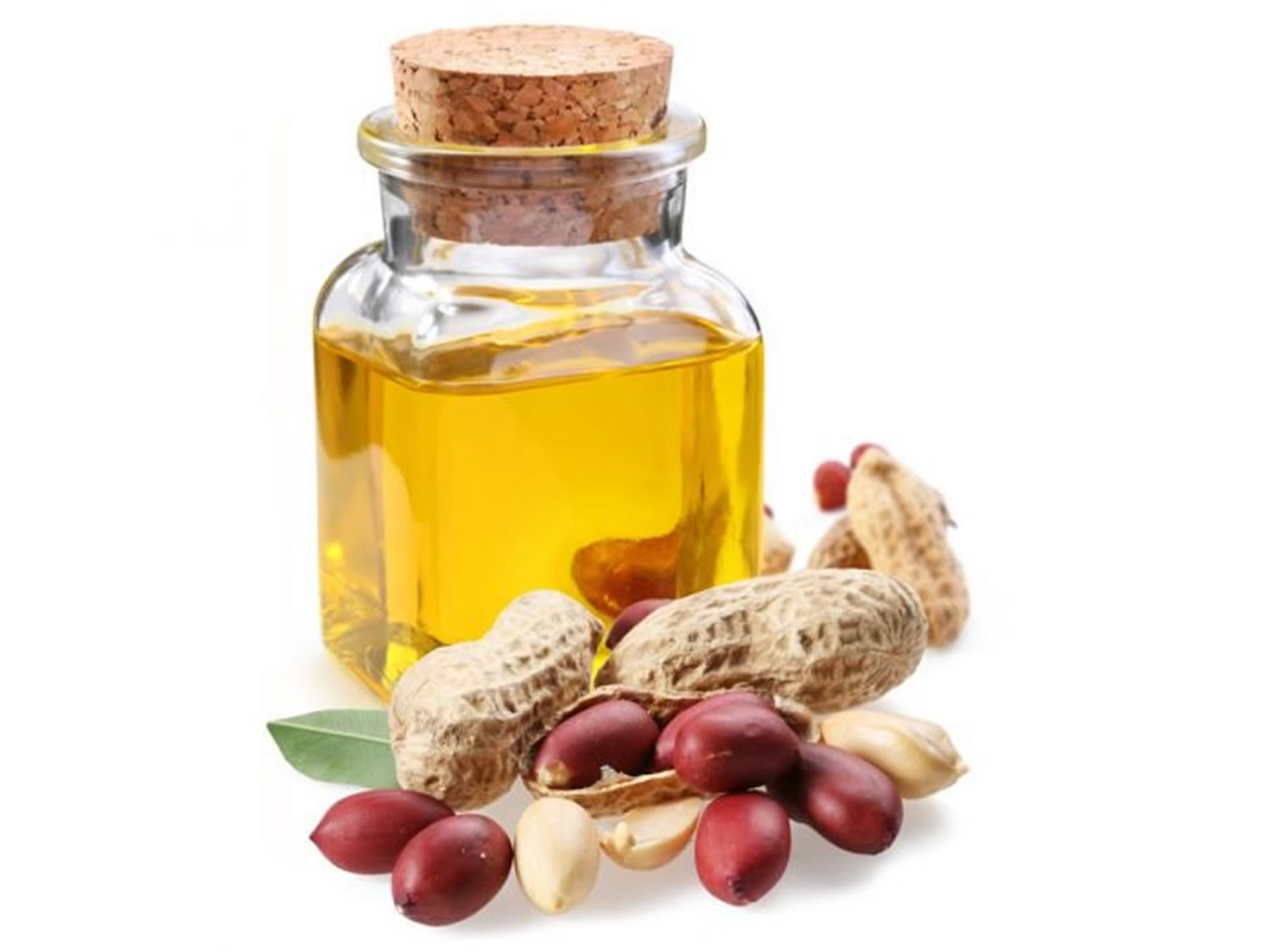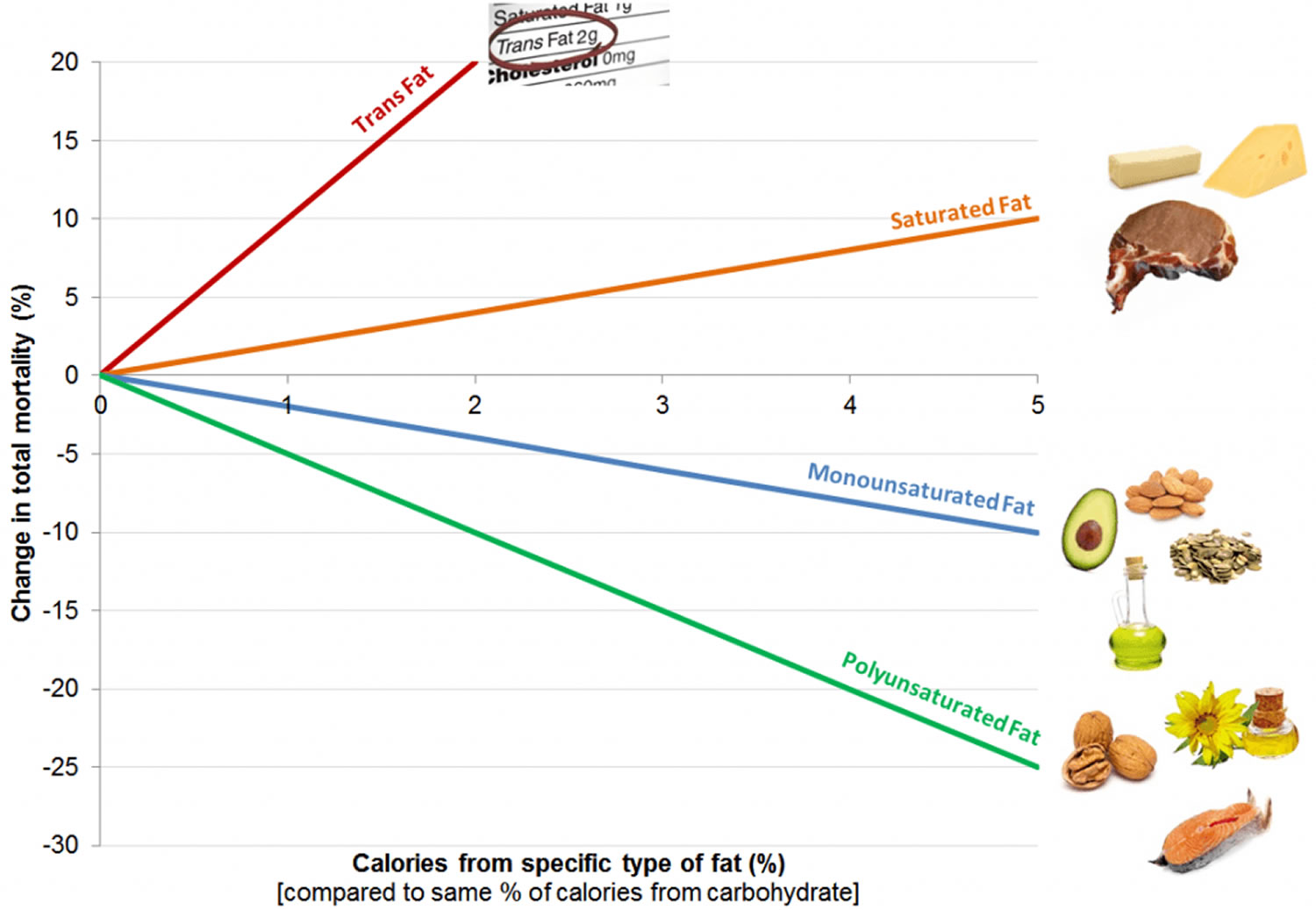Contents
Is peanut oil healthy?
The short answer is yes, peanut oil good for you because peanut oil has 43% content of monounsaturated fats (MUFAs) and 35% polyunsaturated fats (PUFAs) (see Table 1 below). Monounsaturated fats can have a beneficial effect on your heart when eaten in moderation and when used to replace saturated fat and trans fat in your diet. The cholesterol-lowering effect of peanut oil (and peanuts) could be attributed to the content of monounsaturated fats (MUFAs) and polyunsaturated fats (PUFAs) in peanut oil and peanuts and that part of the effect is due to the replacement of mixtures of saturated fats in the diet by monounsaturated fats and polyunsaturated fats, which are the prevalent fatty acids in peanut oil and peanuts. The American Heart Association recommends that for good health, the majority of the fats that you eat should be monounsaturated or polyunsaturated 1, 2. Therefore, you should eat foods containing monounsaturated fats and/or polyunsaturated fats instead of foods that contain saturated fats and/or trans fats.
Replacing bad fats (saturated and trans) with healthier fats (monounsaturated and polyunsaturated) is better for your heart.
One way you can do this is by choosing healthier nontropical vegetable oils for cooking and preparing food.
Use these oils instead of solid fats (including butter, shortening, lard and hard stick margarine) and tropical oils (including palm and coconut oil), which can have a lot of saturated fat.
Cooking oils that contain more monounsaturated and polyunsaturated fats and less saturated fat:
- Canola oil
- Corn oil
- Olive oil
- Peanut oil
- Safflower oil
- Soybean oil
- Sunflower oil
Blends or combinations of these oils, often sold under the name “vegetable oil,” and cooking sprays made from these oils are also good choices. Some specialty oils, like avocado, grapeseed, rice bran and sesame, can be healthy choices but may cost a bit more or be harder to find. Also to make sure you’re getting the healthier oil, always read the ingredients of the oil for added antioxidants like TBHQ (Tert-butylhydroquinone).
In general, choose oils with less than 4 grams of saturated fat per tablespoon, and no partially hydrogenated oils or trans fats.
You may find that some oils have distinctive flavors, so try different types to discover which ones you like. Also, some oils are better for certain types of cooking than others, so you may want to have more than one type in your pantry.
Figure 1. Dietary Fats and Mortality Rates
What are monounsaturated fats?
From a chemical standpoint, monounsaturated fats are simply fat molecules that have one unsaturated carbon bond in the molecule, this is also called a double bond. Oils that contain monounsaturated fats are typically liquid at room temperature but start to turn solid when chilled. Monounsaturated fats are found in high concentrations in olive oil, peanut oil, canola, avocados, almonds, safflower oils, hazelnuts, pecans, pumpkin seeds and sesame seeds and most nuts. Monounsaturated fats also are part of most animal fats such as fats from chicken, pork, beef, and wild game. When you dip your bread in olive oil at an Italian restaurant, you’re getting mostly monounsaturated fat. Monounsaturated fats have a single carbon-to-carbon double bond (see Figure 2 below). The result is that it has two fewer hydrogen atoms than a saturated fat and a bend at the double bond. This structure keeps monounsaturated fats liquid at room temperature. The carbon-carbon double bond found in monounsaturated or polyunsaturated fatty acids can exist in the cis or trans configuration. When the two hydrogen atoms are on opposite sides of the double bond, the configuration is called trans. When the hydrogen atoms are on the same side of the double bond, the configuration is called cis.
The discovery that monounsaturated fat could be healthful came from the Seven Countries Study during the 1960s. It revealed that people in Greece and other parts of the Mediterranean region enjoyed a low rate of heart disease despite a high-fat diet. The main fat in their diet, though, was not the saturated animal fat common in countries with higher rates of heart disease. It was olive oil, which contains mainly monounsaturated fat. This finding produced a surge of interest in olive oil and the “Mediterranean Diet” a style of eating regarded as a healthful choice today.
Although there’s no recommended daily intake of monounsaturated fats, the Institute of Medicine recommends using them as much as possible along with polyunsaturated fats to replace saturated and trans fats.
Figure 2. Monounsaturated Fatty Acids Structure

Figure 3. Polyunsaturated Fatty Acids Structure

Which foods contain monounsaturated fats?
Most foods contain a combination of different fats.
Examples of foods high in monounsaturated fats include plant-based liquid oils such as:
- olive oil,
- canola oil,
- peanut oil,
- safflower oil and
- sesame oil.
Other sources include avocados, peanut butter and many nuts and seeds.
How do monounsaturated fats affect my health?
Monounsaturated fats can help reduce bad cholesterol levels in your blood which can lower your risk of heart disease and stroke. They also provide nutrients to help develop and maintain your body’s cells. Oils rich in monounsaturated fats also contribute vitamin E to the diet, an antioxidant vitamin most Americans need more of.
Are monounsaturated fats better for me than saturated fats or trans fats?
Yes. While, all fats provide 9 calories per gram, monounsaturated fats and polyunsaturated fats can have a positive effect on your health, when eaten in moderation. The bad fats –saturated fats and trans fats – can negatively affect your health.
Peanut allergy peanut oil
Peanut allergy is the most common cause of deaths related to food allergy. Peanut oil is often suspected of causing reactions to meals in which a more obvious source of peanut cannot be found.
Refined peanut oil is odorless and flavorless and is commonly used in catering. Crude peanut oil, which is known to contain considerable amounts of protein is used only rarely, when a peanut flavor is deliberately required.
In vivo challenges of 60 subjects with proved peanut allergy showed no reaction to refined peanut oil, but six (10%) reacted to the crude peanut oil 3.
If refined peanut oil is used properly and is not reused after cooking peanuts, it seems to be safe for most people with peanut allergy; crude oil represents a risk 3.
Crude peanut oil caused allergic reactions in 10% of allergic subjects studied and should continue to be avoided. Refined peanut oil did not pose a risk to any of the subjects. It would be reasonable to recommend a change in labeling to distinguish refined from crude peanut oil. The confusing use of the term peanut oil should be stopped, and food labeling should distinguish between refined and crude peanut oils.
Peanut oil ingestion does not pose a risk to peanut-sensitive individuals 4. Ten peanut-sensitive patients were enrolled in a double-blind crossover trial to determine whether ingestion of peanut oil can induce adverse reactions in such individuals 4. All patients had experienced prior allergic reactions to peanut ingestion, including any of the following: generalized urticaria, angioedema, abdominal cramps, vomiting, diarrhea, bronchospasm, or shock. All patients had elevated levels of serum IgE antibodies to both crude peanut extract and the purified peanut allergen, Peanut-I, by RAST assay; binding values ranged from 2 to 26 times that of negative control serum. All patients demonstrated negative puncture skin tests to both peanut oil and olive oil (control). At 30-min intervals, patients ingested 1, 2, and 5 ml of either oil contained in 1 ml capsules while under constant observation. These quantities exceed the maximum estimated dose of peanut oil that would occur in single meals. Patients returned 2 wk later for ingestion challenge with the remaining oil. No untoward reactions were observed with either peanut oil or olive oil.
The results of this double-blind crossover trial clearly indicate that peanut oil is not allergenic to peanut-sensitive individuals 4. Individuals with peanut hypersensitivity do not need to eliminate peanut oil from their diets 4. In managing the peanut-sensitive individual, usual and reasonable advice has been to avoid peanuts and other potential sources of the allergen. This warning has commonly included an avoidance of peanut oil. However, based on the results of this study, it is not necessary to eliminate or restrict the use of peanut oil by peanut-sensitive individuals. Undue restriction of the allergic patient’s diet is not only confusing to the patient but also raises unwarranted and unnecessary anxiety.
Peanut oil bottom line
- Most health professionals agree that refined peanut oil is unlikely to be a problem for people with peanut allergy, because almost all the proteins that cause allergic reactions are likely to be removed during the manufacturing process. However, refined peanut oil is still covered by food labeling rules and so it will be listed as ‘peanut oil’ when used in pre-packed foods.
- Cold-pressed, or unrefined/unprocessed (crude) peanut oil can contain peanut proteins, which can cause a reaction in people who are sensitive. Remember that peanut oil is often called ‘groundnut oil’.
Does peanut oil elicit an allergic reaction?
If refined peanut oil is used properly and is not reused after cooking peanuts, it seems to be safe for most people with peanut allergy; crude oil, however, represents a risk. Cold pressed, expelled or extruded peanut oil is NOT safe for peanut allergic individuals.
Peanut oil nutrition
Monounsaturated fats – like all fats – contain 9 calories per gram.
Table 1. Peanut oil nutrition facts
| Nutrient | Unit | Tbsp 14 g | Value per 100 g | ||||
| Approximates | |||||||
| Energy | kcal | 120 | 857 | ||||
| Protein | g | 0 | 0 | ||||
| Total lipid (fat) | g | 14 | 100 | ||||
| Carbohydrate, by difference | g | 0 | 0 | ||||
| Minerals | |||||||
| Sodium, Na | mg | 0 | 0 | ||||
| Lipids | |||||||
| Fatty acids, total saturated | g | 2.5 | 17.86 | ||||
| Fatty acids, total monounsaturated | g | 6 | 42.86 | ||||
| Fatty acids, total polyunsaturated | g | 4.999 | 35.71 | ||||
| Fatty acids, total trans | g | 0 | 0 | ||||
| Cholesterol | mg | 0 | 0 | ||||
Peanut oil vs Canola oil
Table 2. Canola oil nutrition facts
| Nutrient | Unit | Tbsp 14 g | Value per 100 g | ||||
| Approximates | |||||||
| Energy | kcal | 120 | 857 | ||||
| Protein | g | 0 | 0 | ||||
| Total lipid (fat) | g | 14 | 100 | ||||
| Carbohydrate, by difference | g | 0 | 0 | ||||
| Minerals | |||||||
| Sodium, Na | mg | 0 | 0 | ||||
| Lipids | |||||||
| Fatty acids, total saturated | g | 1 | 7.14 | ||||
| Fatty acids, total monounsaturated | g | 9.001 | 64.29 | ||||
| Fatty acids, total polyunsaturated | g | 4 | 28.57 | ||||
| Fatty acids, total trans | g | 0 | 0 | ||||
| Cholesterol | mg | 0 | 0 | ||||
Peanut oil vs Vegetable oil
Table 3. Vegetable oil (soybean oil) nutrition facts
| Nutrient | Unit | Tbsp 14 g | Value per 100 g | ||||
| Approximates | |||||||
| Energy | kcal | 120 | 857 | ||||
| Protein | g | 0 | 0 | ||||
| Total lipid (fat) | g | 14 | 100 | ||||
| Carbohydrate, by difference | g | 0 | 0 | ||||
| Fiber, total dietary | g | 0 | 0 | ||||
| Sugars, total | g | 0 | 0 | ||||
| Minerals | |||||||
| Calcium, Ca | mg | 0 | 0 | ||||
| Iron, Fe | mg | 0 | 0 | ||||
| Sodium, Na | mg | 0 | 0 | ||||
| Vitamins | |||||||
| Vitamin C, total ascorbic acid | mg | 0 | 0 | ||||
| Vitamin A, IU | IU | 0 | 0 | ||||
| Lipids | |||||||
| Fatty acids, total saturated | g | 2.001 | 14.29 | ||||
| Fatty acids, total monounsaturated | g | 3 | 21.43 | ||||
| Fatty acids, total polyunsaturated | g | 8 | 57.14 | ||||
| Fatty acids, total trans | g | 0 | 0 | ||||
| Cholesterol | mg | 0 | 0 | ||||
Cooking with peanut oil
You can usually use peanut oil just like solid cooking fats. For example, use peanut oil to:
- Make your own salad dressings, marinades, dips and sauces.
- Grill, sauté, stir fry, bake or roast foods.
- Coat pans to keep food from sticking.
- Spread or drizzle on foods for flavor.
- “Season” cast-iron cookware.
- Substitute for butter, margarine or solid fats in recipes.
- Advisory: Replacing saturated fat with healthier fat could lower cardiovascular risks. http://www.heart.org/en/news/2018/07/17/advisory-replacing-saturated-fat-with-healthier-fat-could-lower-cardiovascular-risks[↩]
- Healthy Cooking Oils. http://www.heart.org/en/healthy-living/healthy-eating/eat-smart/fats/healthy-cooking-oils[↩]
- Randomised, double blind, crossover challenge study of allergenicity of peanut oils in subjects allergic to peanuts. BMJ 1997;314:1084[↩][↩]
- Peanut oil is not allergenic to peanut-sensitive individuals. J Allergy Clin Immunol. 1981 Nov;68(5):372-5. https://www.jacionline.org/article/0091-6749(81)90135-4/pdf[↩][↩][↩][↩]
- United States Department of Agriculture Agricultural Research Service. USDA Branded Food Products Database. https://ndb.nal.usda.gov/ndb/search/list[↩][↩][↩]






